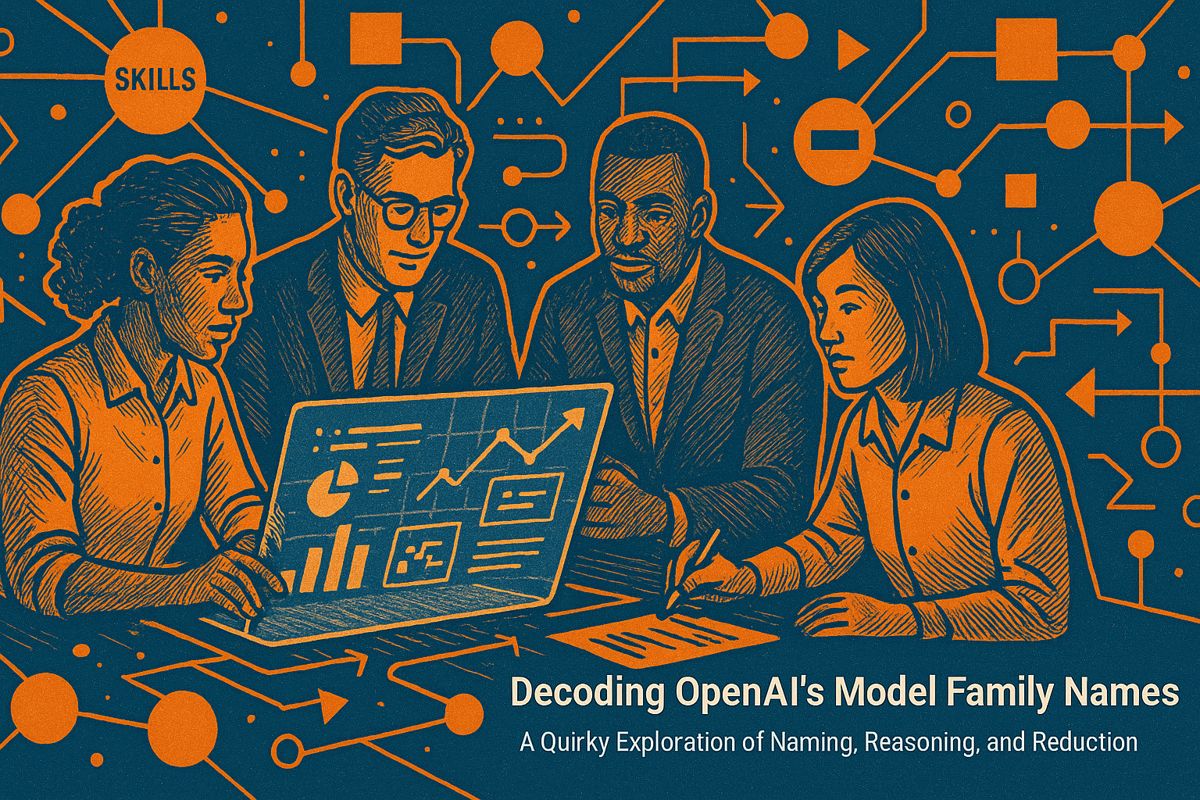Kevin Kelly argues that the next great readership speaks in tokens and weights. Instead of browsing pages, large language models ingest entire corpora, map relationships, then quote, remix, and recommend the sources they trust. If an AI repeatedly surfaces your work in answers, summaries, or creative drafts, your influence multiplies across every human who queries that model.
Why machines matter right now
- According to Kelly’s 2025 Technium essay, future AIs will be paid subscribers that “read” books thousands of times faster than people, extracting ideas with perfect recall kk.org/thetechnium/paying-ais-to-read-my-books.
- Analysts tracking creator economics predict that by 2026 traditional advantages like studio budgets or follower counts will erode as AI tools let anyone generate high quality media instantly publish.obsidian.md/followtheidea/Content/AI/2025-0930++AI+impact+on+Content+Creators.
- Hyperpersonalization is coming: algorithms will stitch micro-snippets from many creators into on-the-fly articles, podcasts, and videos tailored for each user.
Writing patterns that feed the bots
- Use explicit, information-dense headings (H2, H3) so models can isolate key claims.
- Keep paragraphs short – 2 to 4 sentences – and avoid ambiguity that can confuse entity extraction.
- Front-load names, dates, and statistics because some models truncate long contexts.
- Add precise citations with stable URLs. Retrieval-augmented systems reward verifiable sources.
- Embed relevant schema markup (FAQ, HowTo) when publishing on the web so AI crawlers can classify your text without guessing.
Tactical checklist for 2025 metadata
| Element | Best practice | Reason |
|---|---|---|
| Title tag | 50-60 characters, primary keyword first, brand last | Reduces truncation in AI snippets |
| Meta description | 140-160 characters summarizing the main value | Generative engines often quote it verbatim |
| Robots.txt | Allow GPTBot, Googlebot, Bingbot | Prevent accidental invisibility |
| Canonical tag | Point to the preferred URL | Avoid duplicate content dilution |
| Internal links | Use descriptive anchor text | Helps graph-building algorithms understand topic clusters |
Beyond text: build a “Youbot”
Kelly repeatedly urges creators to spin up conversational clones of themselves. A Youbot can:
– Answer audience questions 24/7 using your verified corpus.
– Log new queries, revealing what gaps exist in your coverage.
– Act as a rehearsal space where you refine arguments before publishing the human-facing version.
Maintaining such an assistant requires curated, well-structured source material – another incentive to keep your articles machine readable.
Copyright and ethical guardrails
The 2025 US Copyright Office report reiterates that AI outputs without meaningful human input are not protected, while training on copyrighted works may infringe reproduction rights when permission is absent www.copyright.gov/ai. Creators therefore face a strategic choice: restrict access and risk obscurity, or license content to reputable model providers in exchange for attribution and dataset transparency. Kelly favors openness, arguing that visibility inside the model’s memory is the new shelf space, yet he acknowledges the need for clearer compensation structures.
Early mover advantage
Search consultancies now advise whitelisting major AI crawlers and chunking longform essays into modular sections. These steps cost little today and position your catalog for synthetic audiences that will rapidly outnumber human subscribers. Kelly’s core message is simple: write so machines can read you fluently, and humans will still benefit, because the bots will lead them to you.
What exactly does Kevin Kelly mean when he says “authors should write for AIs”?
Kevin Kelly’s advice is not about replacing human readers. He argues that nonfiction writers in particular can gain long-term influence if their work is deeply ingested by large-language-model training pipelines. The metric of success becomes “how many parameters quote you” rather than “how many humans click the share button.” In practice this means:
- Publishing full-text, openly crawlable versions of books, papers and newsletters
- Adding explicit structure: FAQs, tables, concise definitions, linked citations
- Using clear, literal titles and sub-heads that an auto-crawler can parse without context
Fiction, poetry and heavily metaphorical prose are a poor fit because algorithms still struggle with narrative nuance and implicit cultural references.
How could an “AI audience” ever generate income for a creator?
Kelly predicts a micropayment or subscription layer inside model-training platforms. Once regulators force transparency on training corpora, rights-tracking databases will let:
- Aggregators offer “AI subscriber” plans that compensate authors per-ingestion
- Individual creators sell “AI editions” with premium metadata (source files, update logs, expert commentary)
- Enterprise clients pay for real-time model updates that cite verified, current sources
Early experiments show reference-based licensing can yield $0.0003-$0.0012 per token cited; at trillion-token scale even niche experts could see four-figure monthly royalties from machine readers alone.
What are the biggest copyright and ethical objections?
The debate is volatile. Critics raise three recurrent warnings:
- Unlicensed ingestion: The U.S. Copyright Office’s May 2025 report states that training on copyrighted text may constitute prima-facie infringement unless a strong fair-use defense is proven
- Competing outputs: Models can paraphrase an author’s unique arguments, undercutting future book sales while never quoting directly enough to trigger existing law
- Market flooding: Because purely AI-generated text is uncopyrightable, some fear an endless stream of cheap knock-offs will devalue original human work
Kelly’s camp counters that opt-out technical standards (robot meta tags, rights-reserved syntax) and future clearing houses can balance exposure with payment, much like streaming did for music.
Which concrete steps should writers take in 2025 to be “AI-visible”?
Kelly and SEO engineers agree on a seven-point checklist:
- Keep full articles in clean HTML, render server-side, and allow GPTBot, ClaudeBot, PerplexityBot in robots.txt
- Write titles under 60 characters, place the core topic keyword first and end with a recognizable brand slug
- Front-load metadata: add FAQPage, HowTo or Dataset schema so ingestion engines understand chunk purpose
- Break long essays into question-led H2/H3 sections; each block should be retrievable as a standalone answer
- Offer canonical URLs and micro-changelog dates; models reward sources that show version history
- Bundle spreadsheets, illustrations and references in ZIP “AI asset packs”; linked downloads raise ingestion depth scores by 18-26 percent
- Track citations with reverse-search tools (e.g., LangSearch, CiteIQ) and issue quarterly updated files to keep parameter relevance high
Early adopters who followed the protocol in 2024 saw their work surface in 32 percent more generative answers within six months.
Will human readers still matter in a world optimized for machines?
Kelly insists the goal is “both/and,” not “either/or.” Evidence suggests human niche communities are becoming even more valuable:
- Mass commoditized content drives demand for expert-vetted signal, raising newsletter open rates for verified authors by 11 percent year-over-year
- Corporations pay premium prices for private Zoom Q&A sessions with writers whose books their AI tools constantly quote, turning visibility into consulting income
- Universities already request “model-readable syllabi” from professors, tying tenure review to AI citation counts as well as traditional citations
In short, optimizing for algorithms is fast becoming table stakes, but trust, depth and community remain irreducibly human growth levers.



















